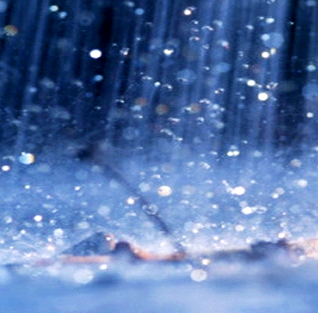Menindee release to flood Darling
 The News South Wales Department of Primary Industries (DPI) will soon release water from the Menindee Lakes to the parched lower Darling River.
The News South Wales Department of Primary Industries (DPI) will soon release water from the Menindee Lakes to the parched lower Darling River.
Good rainfall brought water trickling back into the drying Menindee Lakes System last week.
While between 100 and 120 gigalitres of water will reach the lakes as a result, it is not yet known how much the DPI will release.
The department has suggested it would be the biggest inflows into the Menindee Lakes System in about three years.
The new flows will be strongly welcomed downstream, where many graziers and farmers have been forced to pull out plantings, sell livestock, and even sink new bores or treat their water.
DPI Water deputy director general Gavin Hanlon says inflows will start within the fortnight, and run until at least September.
“We're getting different feedback from different customers down there [along the Lower Darling],” Mr Hanlon told the ABC.
“Some are saying I'll take a lesser quality water but would prefer longevity and others are saying well I actually need better quality because of the types of crops I'm growing.
“We're trying to balance out those needs, so depending on the volume, and depending how far down.
“We'll start this week mapping out where the remaining pools of water are left.
“We've started designing a water monitoring framework, we'll try and balance out flushing the poor water quality through, while leaving a reasonable amount of water in the lakes as well.
“What we're trying to balance is leaving water in the lakes for as long as we can and not having to turn the ground water pumps on.
“But at the same time giving good quality water for the stock and domestic and the irrigators downstream so it's a bit of a balancing act.”
Mr Hanlon said more rain up north could allow additional inflows.
“We're monitoring all the water gauges that we have, we have a number of live ones that are automated and we continually look at inflows,” Mr Hanlon said.
“They're also forecasting more rain in the next couple of days up north as well. The system is completely wetted up, that should all translate to inflows, so fingers crossed we'll get a bit more than the 100 gigalitres we're looking at.”








 Print
Print